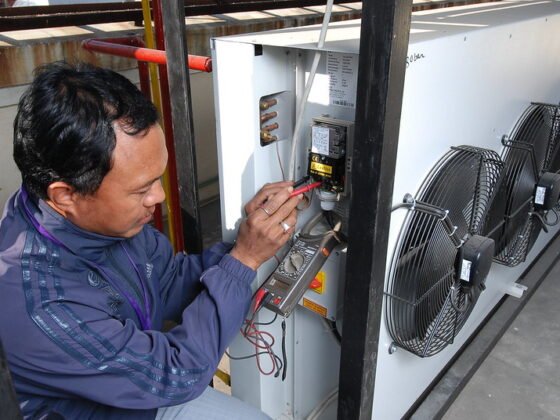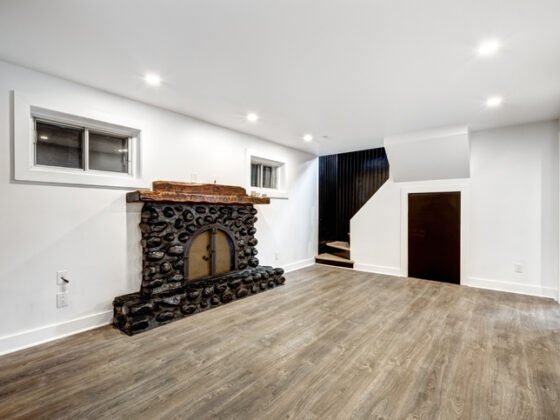Table of Contents Show
A house is not a home until there are people living in it. Right? But to be able to live in a house and fall in love with the same, one needs to implement a beautiful design while constructing it.
A beautiful house design makes the home look welcoming and open to yourself and others. On the other hand, a poorly designed house often makes you uneasy.
When remodeling, you focus on the interior space. You can paint and repaint as many times as you want as long as you don’t like the color, but you don’t think of tearing down a whole wall and remodeling the entire floor plan.
That is why you must invest time in coming up with a design that works for you. And then there’s the question of natural calamities. Is your house ready to withstand storms, fire, or other natural calamities?
On 8th August, in Maui, a wildfire took the lives of many, destroying hundreds of houses. Fortunately, one house completely stayed intact. It is amazing to see the weatherproof and fireproof roof protect the house from the fire.
Site Selection
Choosing where and how you build a house is a big deal. Pick a land area that is located on stable ground. Your land should be less susceptible to soil erosion, landslides, or subsidence. You might even conduct a geotechnical investigation to assess the soil conditions.
Hiring experts to learn more about the land is always a good idea. You are going to spend lots of money on this piece of land. So, it is a good idea to be doubly sure.
- If the site is in a flood-prone region, consider elevating the building. You should opt for a flood-resistant design-build, such as raised foundations, flood barriers, or flood-resistant materials.
- When you plan the building layout, you must ensure an easy exit point in case of a disaster. Make sure you can reach the basement if needed. Maintain clear pathways, fire lanes, and access roads that can accommodate emergency vehicles.
Read Also:
Construction Style
First up, the outer shell of your building – the roof, walls, windows, and doors – needs to be ready for anything nature throws at it. It should stand strong against high winds, heavy rain, and all sorts of nasty weather.
One must always use sturdy stuff like reinforced concrete and steel and make sure it’s solidly anchored.
Light Up
Inside your building, your mechanical and electrical systems need to be disaster-ready. They should be able to keep running even when things go south. And put them in spots that won’t be in contact with water during heavy rain or flood.
Building Codes
Don’t forget about the rules! Building codes and regulations are there for a reason. They make sure your building doesn’t fall apart quickly when it comes to dealing with disasters. Following these rules can mean the difference between a safe building and a disaster waiting to happen.
Regular Maintenance
Lastly, keeping your building in good shape is an ongoing job. Regular check-ups on the outer shell, the mechanical and electrical systems, and making sure everything’s in working order is crucial. That way, your building stays tough in the face of adversity.










